Hardwood Flooring Installation Tips
Follow these tips for a beautiful, stress-free hardwood floor installation – whether you hire a Pro or DIY.
It’s important to keep installation top of mind, no matter what stage you are in your floor buying journey. Knowing what to consider before, during and after will simplify your buying decision and ensure your hardwood flooring is installed correctly for maximum beauty, performance and durability.
Inspiration to Your Inbox
Sign up for news about our latest flooring innovations—and get inspired for your next project.
Sign Up
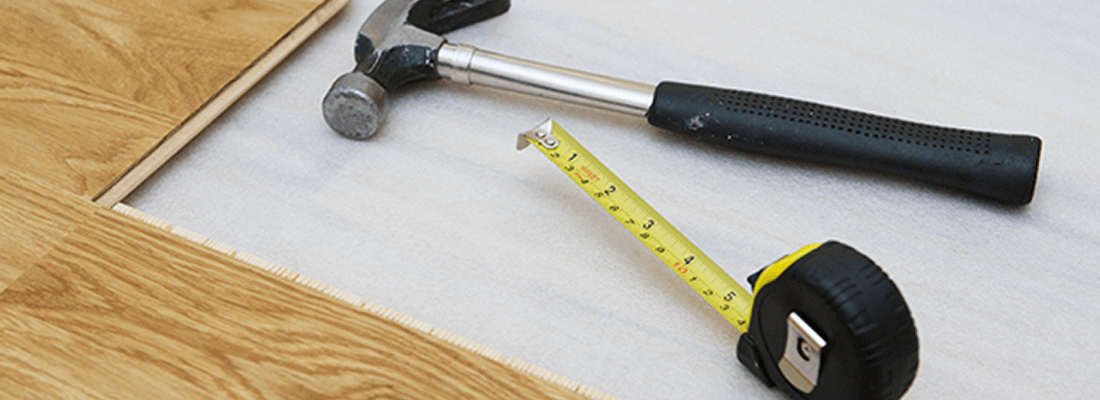
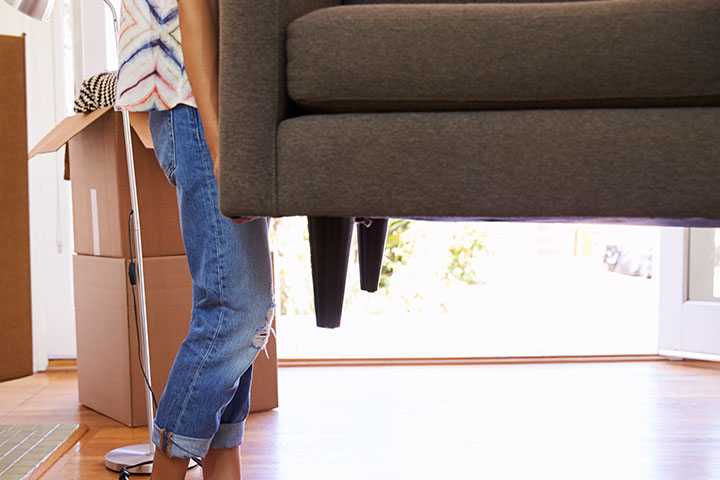
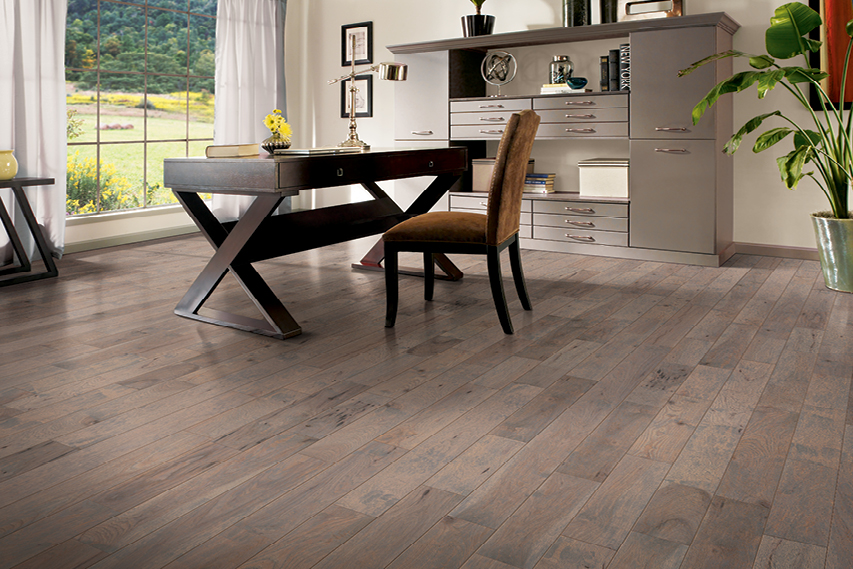 Solid Hardwood vs. Engineered Wood
Solid Hardwood vs. Engineered Wood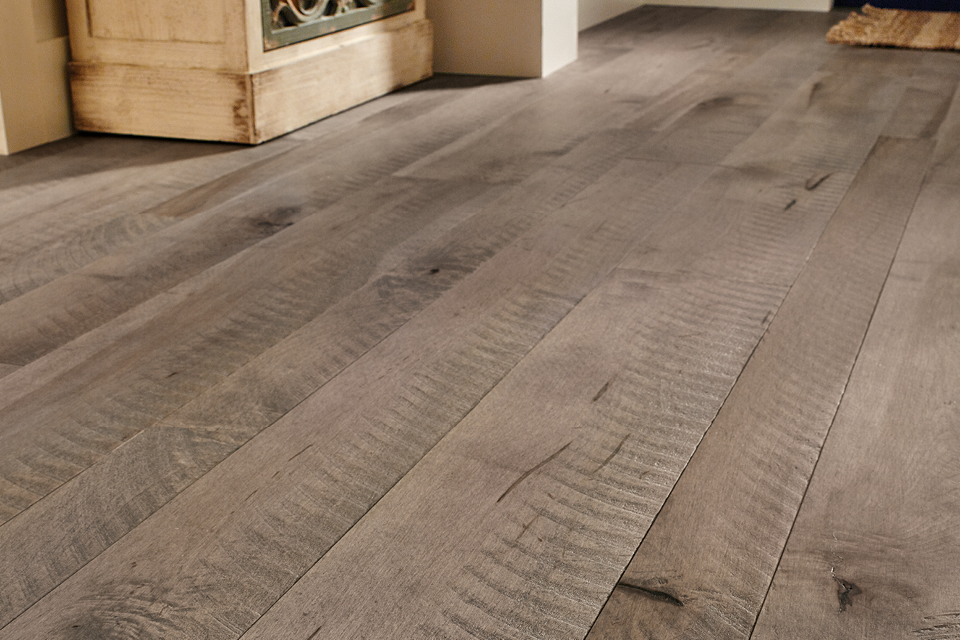 How to Choose the Best Hardwood Floor
How to Choose the Best Hardwood Floor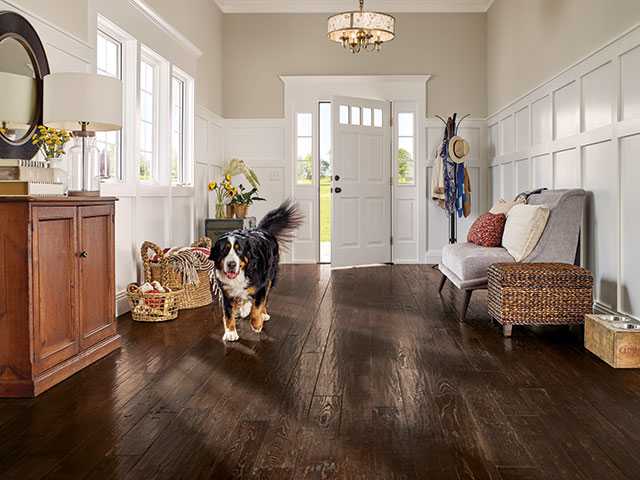 How to Clean Hardwood Floors
How to Clean Hardwood Floors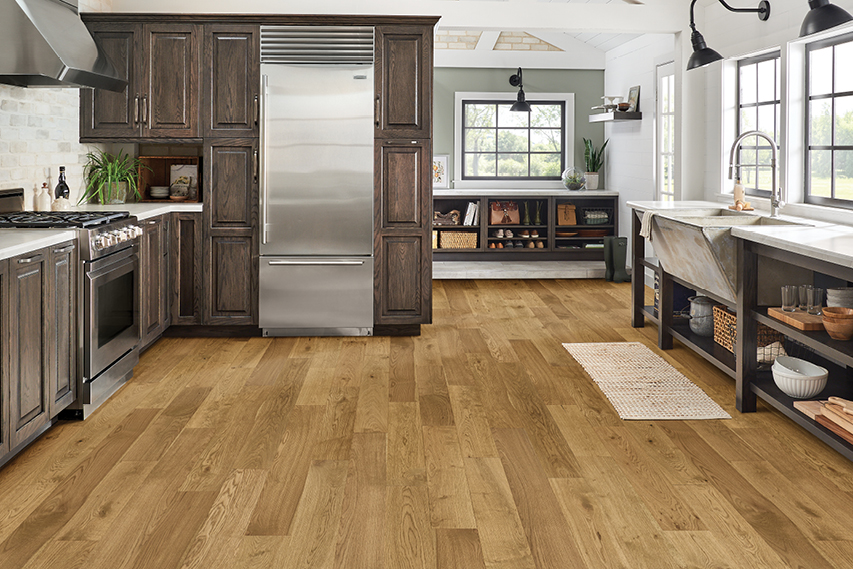 How Much Does Hardwood Flooring Cost?
How Much Does Hardwood Flooring Cost?